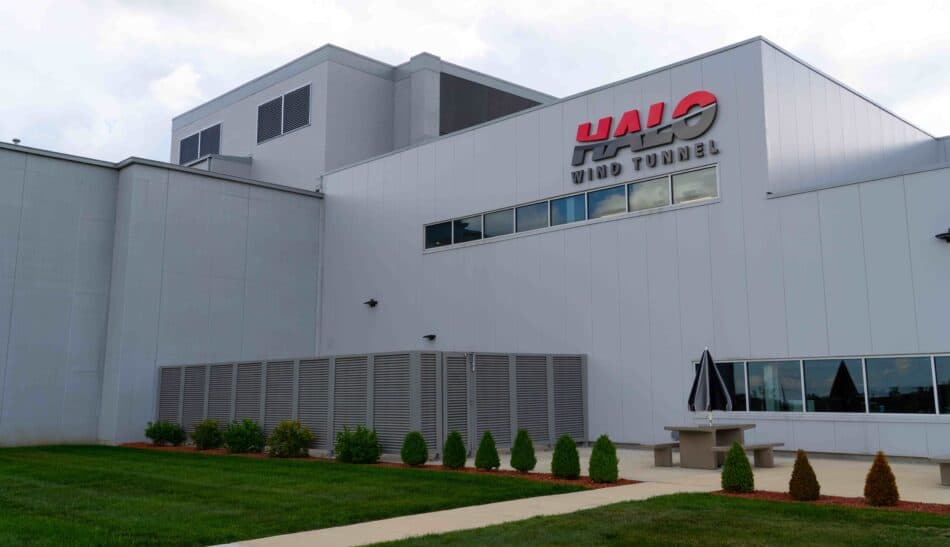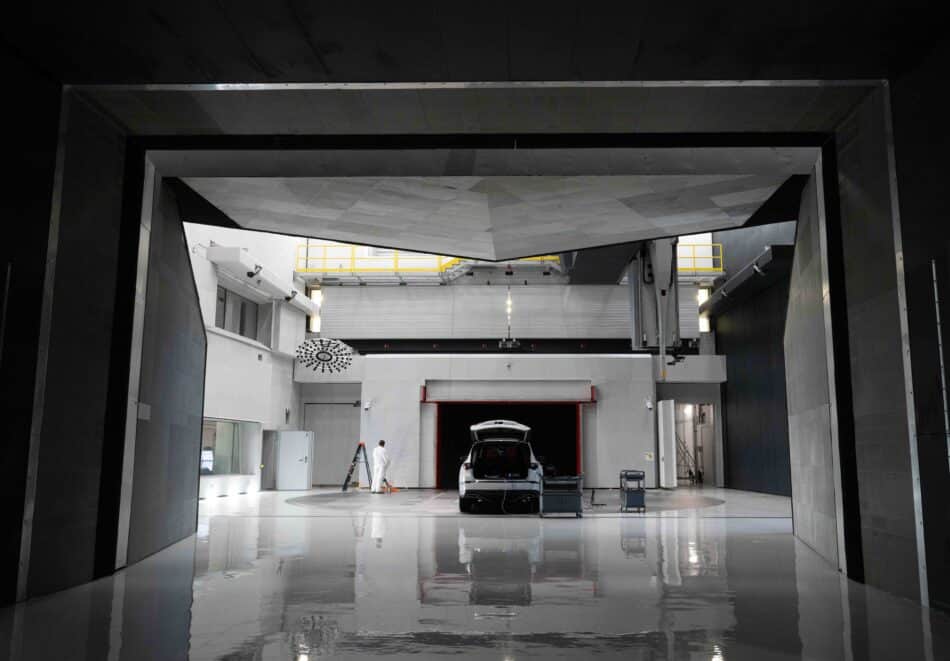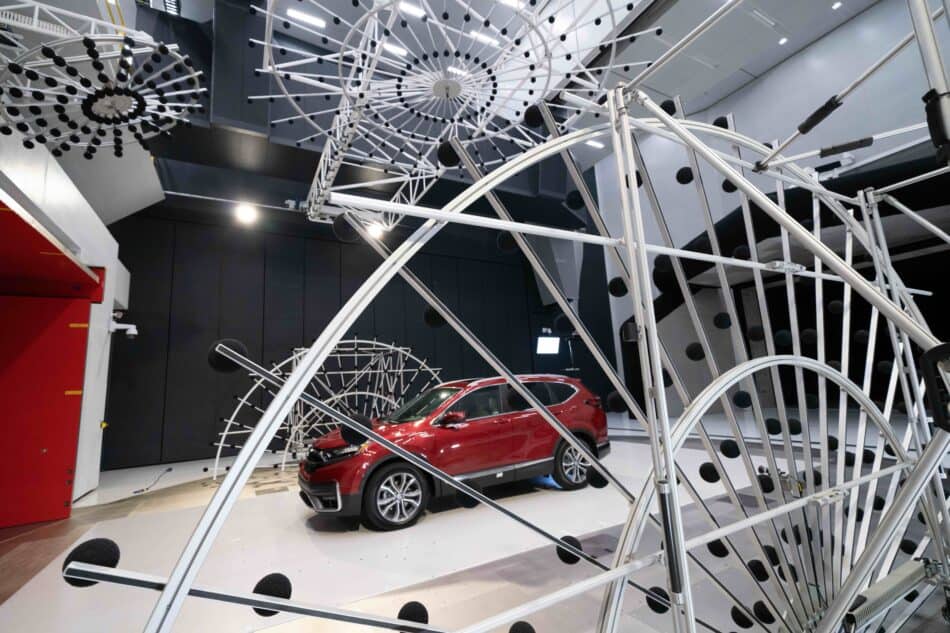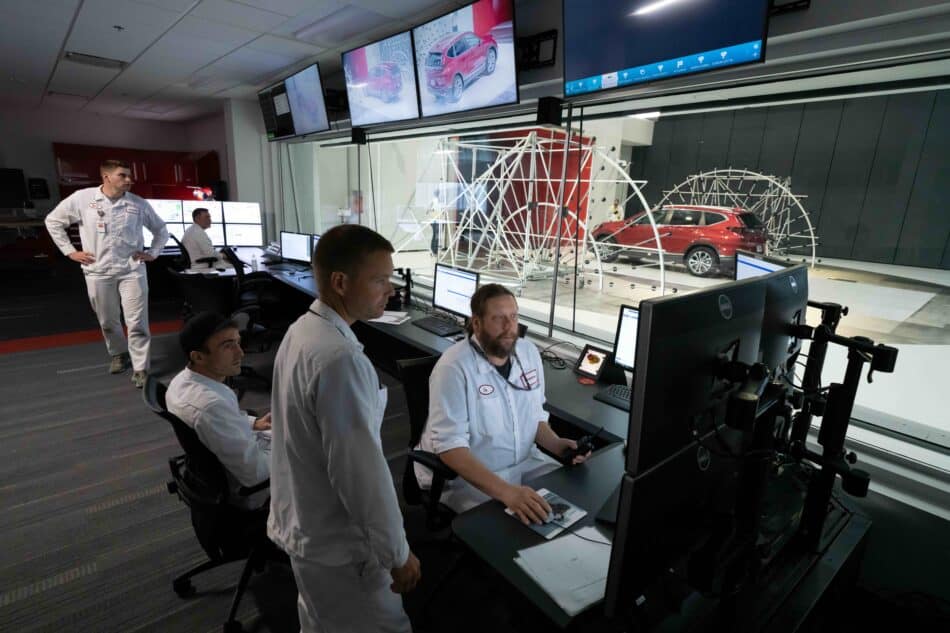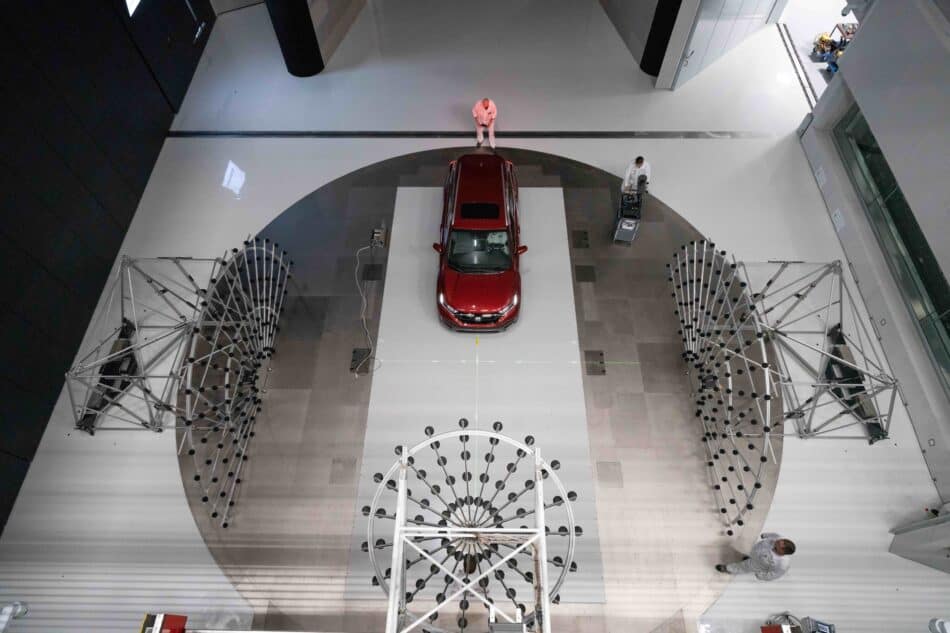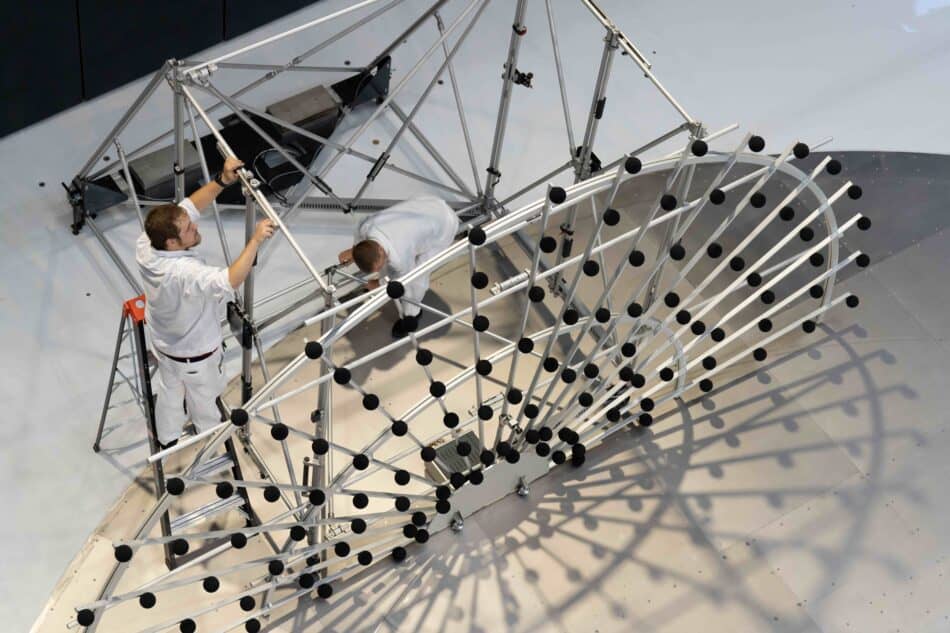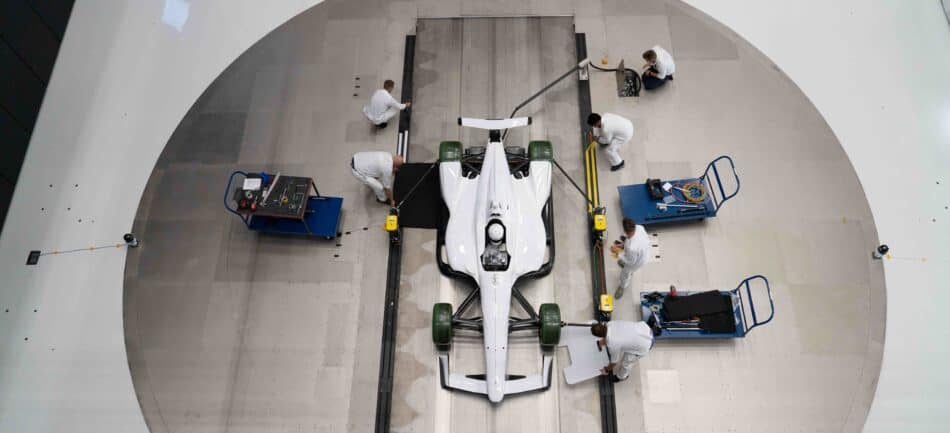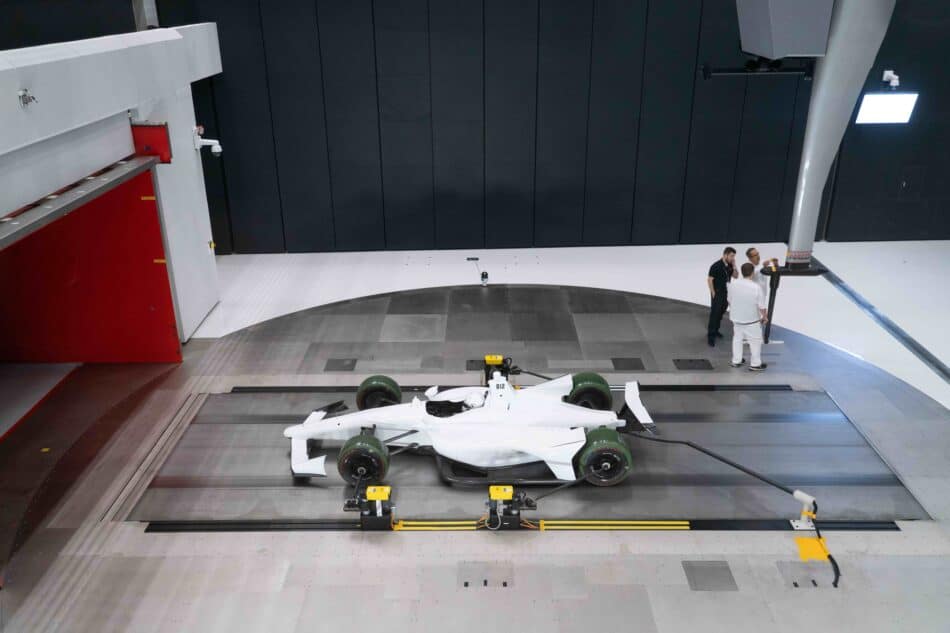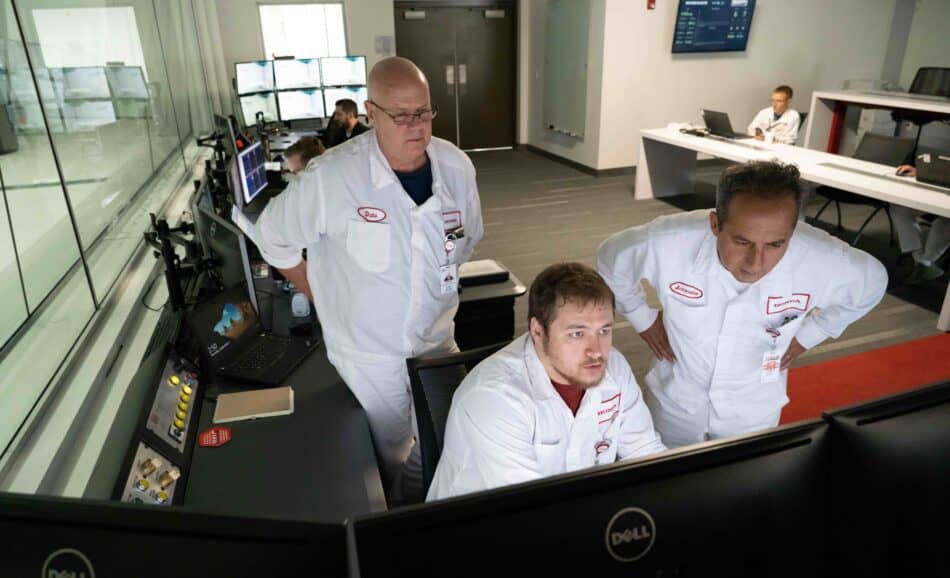TSMC to Receive Up to $6.6 Billion in CHIPS Funding

The Biden administration on Monday announced that TSMC’s Arizona subsidiary will receive up to $6.6 billion in grants from the 2022 CHIPS and Science Act, The New York Times reports. The announcement is the latest move by the Biden administration to make the United States a leading producer of cutting-edge semiconductor technology.
What’s going on: The funding “will help support the construction of TSMC’s first major U.S. hub, in Phoenix. The company has already committed to building two plants at the site and will use some of the grant money to build a third factory in Phoenix, U.S. officials said on Sunday.”
- The company will “increase its total investments in the United States to more than $65 billion, up from $40 billion.”
- “TSMC’s investment is expected to create about 6,000 direct manufacturing jobs and more than 20,000 construction jobs, federal officials said.”
- In addition to the grants, the federal government is also offering TSMC up to $5 billion in loans.
Impact on U.S. chip production: “With projects such as TSMC’s, the U.S. is on track to make about 20% of the world’s cutting-edge chips by 2030, the Commerce Department said. It called the project the largest foreign direct investment in a new project in U.S. history,” reports The Wall Street Journal (subscription).
- Earlier this year, the Biden administration announced major chips funding awards for Intel and GlobalFoundries.
The NAM’s reaction: “Today’s announcement from TSMC and @CommerceGov makes America stronger,” the NAM wrote in a social post Monday. “The NAM-championed CHIPS and Science Act continues to spur new investments in cutting-edge semiconductor technology that is essential to advancing U.S. economic competitiveness.”
U.S. and European Union Strengthen Transatlantic Trade Ties
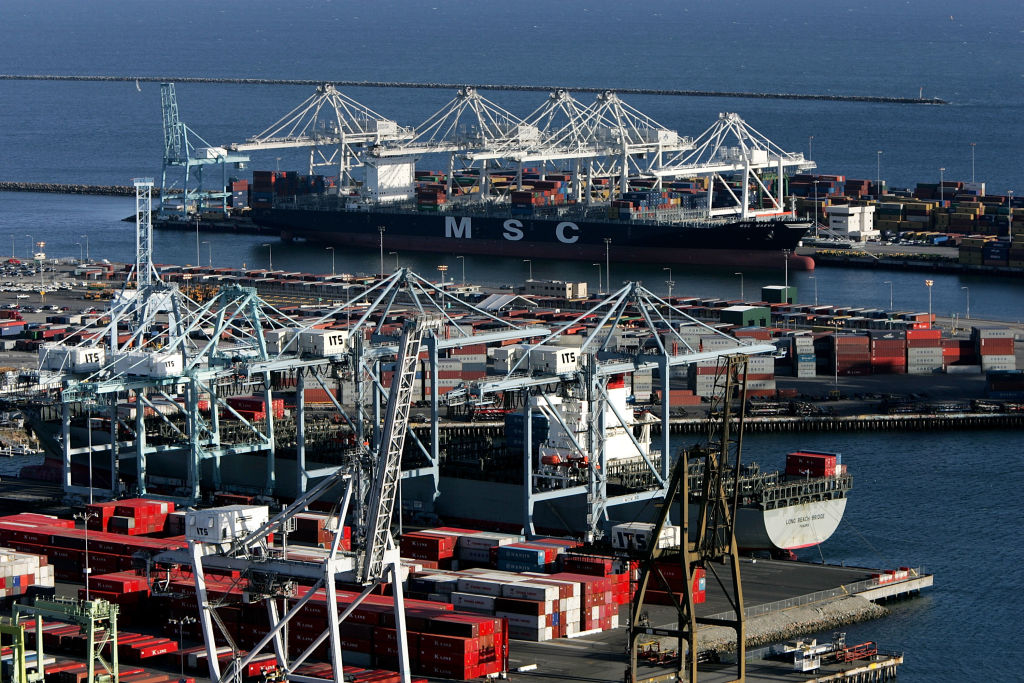
The sixth ministerial of the United States–European Union Trade and Technology Council, held in Leuven, Belgium, emphasized the deepening cooperation between the U.S. and the EU in navigating global economic pressures and technological advancements.
What’s going on: Secretary of State Antony Blinken, joined by Secretary of Commerce Gina Raimondo and U.S. Trade Representative Katherine Tai, joined European Commission leaders in a discussion that centered on fostering economic security, the importance of AI governance, cooperation on secure supply chains and a transatlantic commitment to reducing reliance on high-risk suppliers.
- This collaboration, Secretary Blinken said in remarks to the press at the council’s outset, proved that there has been “increasing alignment” between the United States and the European Union on these and other issues in recent years.
- “Together, we represent almost half of world GDP, and that means that there’s a certain weight that comes with having a shared position on something,” Secretary Blinken said. “And whether that’s dealing with China or any other challenge, it makes a big difference.”
Growing collaboration in AI: The meeting additionally underscored unwavering support for Ukraine from the U.S. and the EU amid geopolitical challenges, as well as a commitment to driving innovation and security in technology and trade.
- One tangible outcome of the TTC was an update of the “Terminology and Taxonomy for Artificial Intelligence” (i.e., of the definitions of key terms used by the EU and U.S. when discussing AI). This underpins the workstream of the TTC to “ensure the safe, secure and trustworthy development and use of AI,” according to the U.S.–EU joint statement.
Shared concerns about Chinese semiconductors: Competition from heavily subsidized chips produced in China was a key focus at the ministerial, particularly in light of the anticipated ramping up of “legacy chips” manufactured in China over the next few years. The Chinese government’s significant financial subsidization of the chip-producing sector, Secretary Raimondo warned, could lead to considerable market imbalances between China and the U.S. and EU.
- Both the U.S. and EU pledged to continue working together to address destabilizing Chinese exports of semiconductors in the coming years, including to collect and share nonconfidential information and market intelligence about nonmarket policies and practices, to consult each other on planned actions and to potentially develop joint or cooperative measures to address distortionary effects on the global supply chain for legacy semiconductors.
MLC Announces Manufacturing Leadership Award Finalists
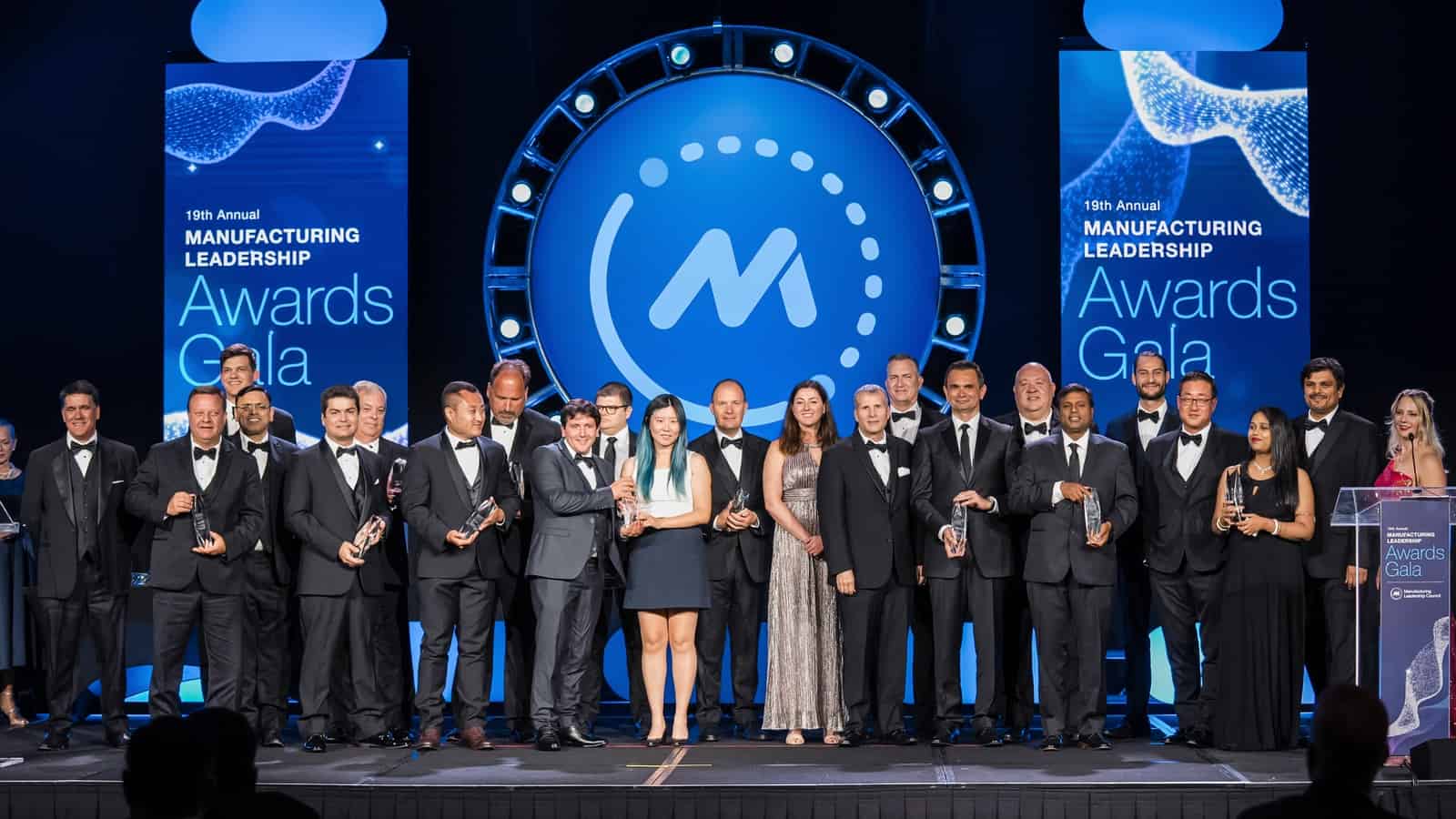
The Manufacturing Leadership Council, the NAM’s digital transformation division, has announced the 2024 Manufacturing Leadership Awards finalists.
About the awards: Now in their 20th season, the Manufacturing Leadership Awards
honor the most outstanding manufacturing companies and their leaders for groundbreaking use of advanced manufacturing technology.
- This year’s program features nine project categories, including Artificial Intelligence and Machine Learning, Digital Supply Chains and Sustainability and the Circular Economy.
- It also includes two categories for individuals: Digital Transformation Leadership for executive-level manufacturing leaders and Next-Generation Leadership for up-and-coming leaders age 30 and under.
How we decide: Nominations are judged by an outside panel of digital manufacturing experts with deep industry knowledge and experience.
- For project entries, judges assess an initiative’s effect on improving manufacturing processes, furthering business goals and advancing company strategy, as well as how much digital technology the project used.
- For individual nominations, judges look at each person’s impact both inside and outside their organization, and whether they meet the criteria as a role model for other manufacturing leaders.
Celebration and ceremony: Winners for both of these categories will be announced at the Manufacturing Leadership Awards Gala on June 5 at the JW Marriott Marco Island Beach Resort.
- Award finalists will also be recognized, as will winners of the Manufacturing in 2030 Award, the Manufacturing Leader of the Year, the Small/Medium Enterprise Manufacturer of the Year and the Large Enterprise Manufacturer of the Year.
- The gala caps off Rethink, the industry’s leading event for accelerating digital transformation. (Rethink also takes place in Marco Island, June 2–5.)
The last word: “More than ever, manufacturers are finding that digital technology investment is good for business as they achieve new levels of performance in efficiency, productivity and innovation,” said MLC Founder, Vice President and Executive Director David R. Brousell.
- “The finalists we are recognizing for this year’s awards have demonstrated not just the business benefit of Manufacturing 4.0 technology, but also a fresh and imaginative approach to applying it in a transformative way.”
Honda Winds Up a One-of-Kind Wind Tunnel

If the Honda Automotive Labs of Ohio facility is a marvel of technology and design, it is also a $124 million testament to the role of cutting-edge engineering in automobile manufacturing.
- “When I started 30 years ago, few really cared about aerodynamics,” said Honda Development & Manufacturing of America Full-Scale Wind Tunnel Lead Mike Unger with a wink. “Now everybody wants to talk to me.”
New interest: Though wind tunnel testing dates back many years, the increasing emphasis in recent years on greater fuel efficiency has brought a new wave of interest in the field.
- Honda owns three full-sized wind tunnels near its global headquarters, as well as several smaller test facilities around the world for examining scale models.
- But in 2015, Honda—which for decades had been sending its U.S.-based people, cars and tools all over the world for wind tunnel testing or else booking time at third party-owned facilities in America—began mulling constructing a North American wind tunnel, too.
Behold, HALO: The result was HALO, unveiled in 2022 in a 110,000-square-foot facility in East Liberty, Ohio.
- To make it, the company had gathered its “wind tunnel road warriors”—Honda team members who boasted decades of combined experience in the world’s most advanced research facilities—and asked them how they’d do it better.
- Among their top requests was the need for better, faster communications with the designers and builders of the cars they were testing. To facilitate this, HALO was strategically located just across from a Honda development center and a mere 10-minute drive from two manufacturing plants (including the Marysville, Ohio, facility where Honda has been building automobiles since 1982).
Wind-tested, Honda approved: Every new Honda passenger vehicle model undergoes extensive aerodynamic and acoustic testing during its design phase, and further changes are often made during the manufacturing process. Race cars, meanwhile, are tested primarily with an eye to managing the downforce caused by passing air.
The new digs: Now, instead of hashing out design challenges across oceans, everyone sits side-by-side in the same control room.
The state-of-the-art site also boasts a fully outfitted machine shop, custom loading bays and a car wash (the last a recommendation of Honda engineers who had more than once found themselves outside a wind tunnel with a dusty test car and a bucket of soapy water).
- “Absolutely everything was designed with intention,” said HALO Business Strategy Lead Chris Combs.
The details: The tunnel itself is an elaborately engineered circuit. It comprises a settling chamber, a heat exchanger the size of a movie screen and a safety grill to catch any debris that might come loose and threaten HALO’s pulmonary system: a colossal, 6,700-horsepower fan with 12 hollow carbon fiber blades that are 26 feet long each.
- Turning at 250 rotations per minute, the fan drives air through the tunnel and into an anechoic chamber.
- On a recent day, that chamber held both a race car (for downforce testing) and an SUV from the plant across the field (for acoustic work).
Saving time: At most wind tunnels, switching from aerodynamic work to acoustic testing takes nearly two hours. At the HALO wind tunnel, however, technicians swapped the Indy car for the SUV and reconfigured the test chamber in about 20 minutes.
- When it designed the facility, Honda focused on “simple things like that—things that really promote efficiency,” said HALO Operations Manager Jimmy Przeklasa.
Quiet and furry: HALO’s test chamber is lined with acoustic tiles and “teddy bear fur,” a soft, sound-absorbing material.
- Even with the wind blowing, the room is so quiet that technicians working inside must don harnesses to prevent them from stepping into a gale they can neither see nor hear.
- A software system translates the wind noises into visuals, similar to the way a weather radar displays a moving storm.
Complex but simple: Technologically and visually dazzling, the HALO wind tunnel can seem like a futuristic fever dream: color-coded maps of the whistling wind, a two-story fan more finely tuned than a jet engine and a scale capable of sensing a breeze.
- In fact, from its inception, the goal of creating the HALO wind tunnel was simple: make cutting-edge aerodynamic and acoustic research as easy, intuitive and cost-effective as possible. And Honda’s done it.
The last word: “This is the latest and the greatest,” Unger said. “This place is unmatched.”
Honda Winds Up a One-of-a-Kind Wind Tunnel
If the Honda Automotive Labs of Ohio facility is a marvel of technology and design, it is also a $124 million testament to the role of cutting-edge engineering in automobile manufacturing.
- “When I started 30 years ago, few really cared about aerodynamics,” said Honda Development & Manufacturing of America Full-Scale Wind Tunnel Lead Mike Unger with a wink. “Now everybody wants to talk to me.”
New interest: Though wind tunnel testing dates back many years, the increasing emphasis in recent years on greater fuel efficiency has brought a new wave of interest in the field.
- Honda owns three full-sized wind tunnels near its global headquarters, as well as several smaller test facilities around the world for examining scale models.
- But in 2015, Honda—which for decades had been sending its U.S.-based people, cars and tools all over the world for wind-tunnel testing or else booking time at third party-owned facilities in America—began mulling constructing a North American wind tunnel, too.
Behold, HALO: The result was HALO, unveiled in 2022 in a 110,000-square-foot facility in East Liberty, Ohio.
- To make it, the company had gathered its “wind tunnel road warriors”—Honda team members who boasted decades of combined experience in the world’s most advanced research facilities—and asked them how they’d do it better.
- Among their top requests was the need for better, faster communications with the designers and builders of the cars they were testing. To facilitate this, HALO was strategically located just across from a Honda development center and a mere 10-minute drive from two manufacturing plants (including the Marysville, Ohio, facility where Honda has been building automobiles since 1982).
Wind-tested, Honda approved: Every new Honda passenger vehicle model undergoes extensive aerodynamic and acoustic testing during its design phase, and further changes are often made during the manufacturing process. Race cars, meanwhile, are tested primarily with an eye to managing the downforce caused by passing air.
The new digs: Now, instead of hashing out design challenges across oceans, everyone sits side-by-side in the same control room.
The state-of-the-art site also boasts a fully outfitted machine shop, custom loading bays and a car wash (the last a recommendation of Honda engineers who had more than once found themselves outside a wind tunnel with a dusty test car and a bucket of soapy water).
- “Absolutely everything was designed with intention,” said HALO Business Strategy Lead Chris Combs.
The details: The tunnel itself is an elaborately engineered circuit. It comprises a settling chamber, a heat exchanger the size of a movie screen and a safety grill to catch any debris that might come loose and threaten HALO’s pulmonary system: a colossal, 6,700-horsepower fan with 12 hollow carbon fiber blades that are 26 feet long each.
- Turning at 250 rotations per minute, the fan drives air through the tunnel and into an anechoic chamber.
- On a recent day, that chamber held both a race car (for downforce testing) and an SUV from the plant across the field (for acoustic work).
Saving time: At most wind tunnels, switching from aerodynamic work to acoustic testing takes nearly two hours. At the HALO wind tunnel, however, technicians swapped the Indy car for the SUV and reconfigured the test chamber in about 20 minutes.
- When it designed the facility, Honda focused on “simple things like that—things that really promote efficiency,” said HALO Operations Manager Jimmy Przeklasa.
Quiet and furry: HALO’s test chamber is lined with acoustic tiles and “teddy bear fur,” a soft, sound-absorbing material.
- Even with the wind blowing, the room is so quiet that technicians working inside must don harnesses to prevent them from stepping into a gale they can neither see nor hear.
- A software system translates the wind noises into visuals, similar to the way a weather radar displays a moving storm.
Complex but simple: Technologically and visually dazzling, the HALO wind tunnel can seem like a futuristic fever dream: color-coded maps of the whistling wind, a two-story fan more finely tuned than a jet engine and a scale capable of sensing a breeze.
- In fact, from its inception, the goal of creating the HALO wind tunnel was simple: make cutting-edge aerodynamic and acoustic research as easy, intuitive and cost-effective as possible. And Honda’s done it.
The last word: “This is the latest and the greatest,” Unger said. “This place is unmatched.”
Study: Manufacturing in U.S. Could Need Up to 3.8 Million Workers
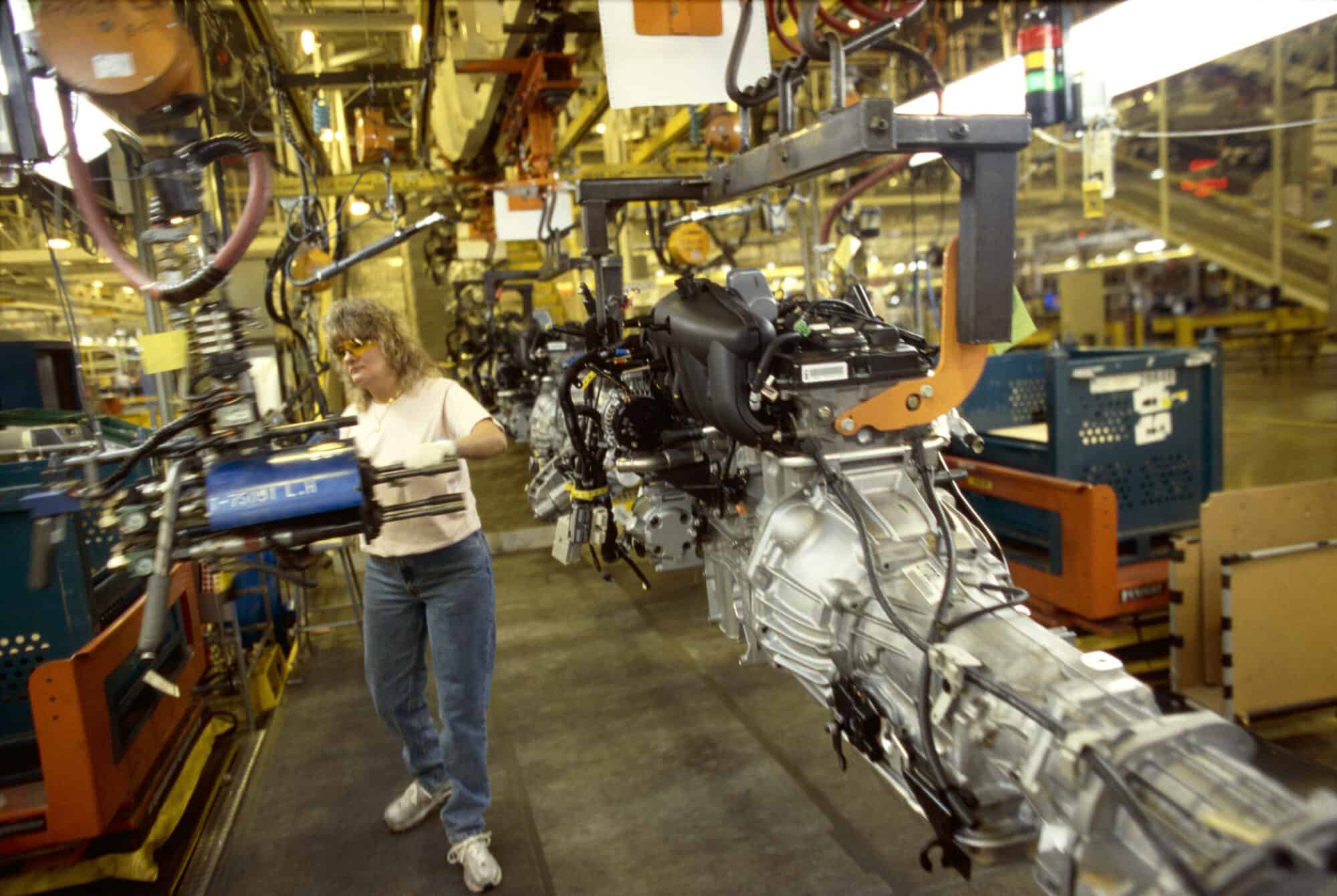
The U.S. manufacturing industry could require some 3.8 million jobs to be filled within the next decade, according to a new joint study from the Manufacturing Institute, the NAM’s 501c3 workforce development and education affiliate, and Deloitte.
What’s going on: “Taking charge: Manufacturers support growth with active workforce strategies” found that manufacturing in the U.S. has emerged from the global pandemic on strong footing and is likely to continue to grow in the next few years.
- That growth will call for even more skilled workers—particularly statisticians, data scientists, logisticians, engineers, computer and information systems managers, software developers and industrial maintenance technicians—spotlighting the need to build the national talent pipeline.
- “Pandemic-driven shifts have already created hundreds of thousands of new jobs, and now we are seeing increased demand for digital skills that need to be met or risk further widening of the talent gap,” said Manufacturing Institute President and Executive Director Carolyn Lee.
Key findings: Top takeaways from the report include:
- If workforce challenges are not addressed, more than 1.9 million of the up to 3.8 million jobs likely to be needed between this year and 2033 could go unfilled.
- Some 65% of manufacturers polled said attracting and retaining talent is their primary business challenge.
- About 90% said they are forming at least one partnership to better attract and retain employees, and on average they have at least four such partnerships.
- Approximately 47% indicated that apprenticeships, work study programs or internships at manufacturing companies would be the most effective way of increasing interest in the industry.
- Some 47% also said flexible work arrangements—such as flex shifts, shift swapping and split shifts—have been their top retention tool.
The bottom line: Manufacturers continue to face a talent shortage—and the MI has the initiatives and resources ready today to help manufacturers address these challenges.
- From the recent flexibility white paper—which explains how manufacturers can build and deploy flexibility options for the 49% of workers that are on the production teams—to the high school internship toolkit that allows manufacturers to start a recruiting pipeline in high schools, to the FAME USA apprenticeship program training global best multi-skilled maintenance technicians and more, the MI has solutions to the hurdles highlighted in this study. Learn more at themanufacturinginstitute.org.
NAM: OSHA “Walkaround” Rule an Example of Regulatory Onslaught
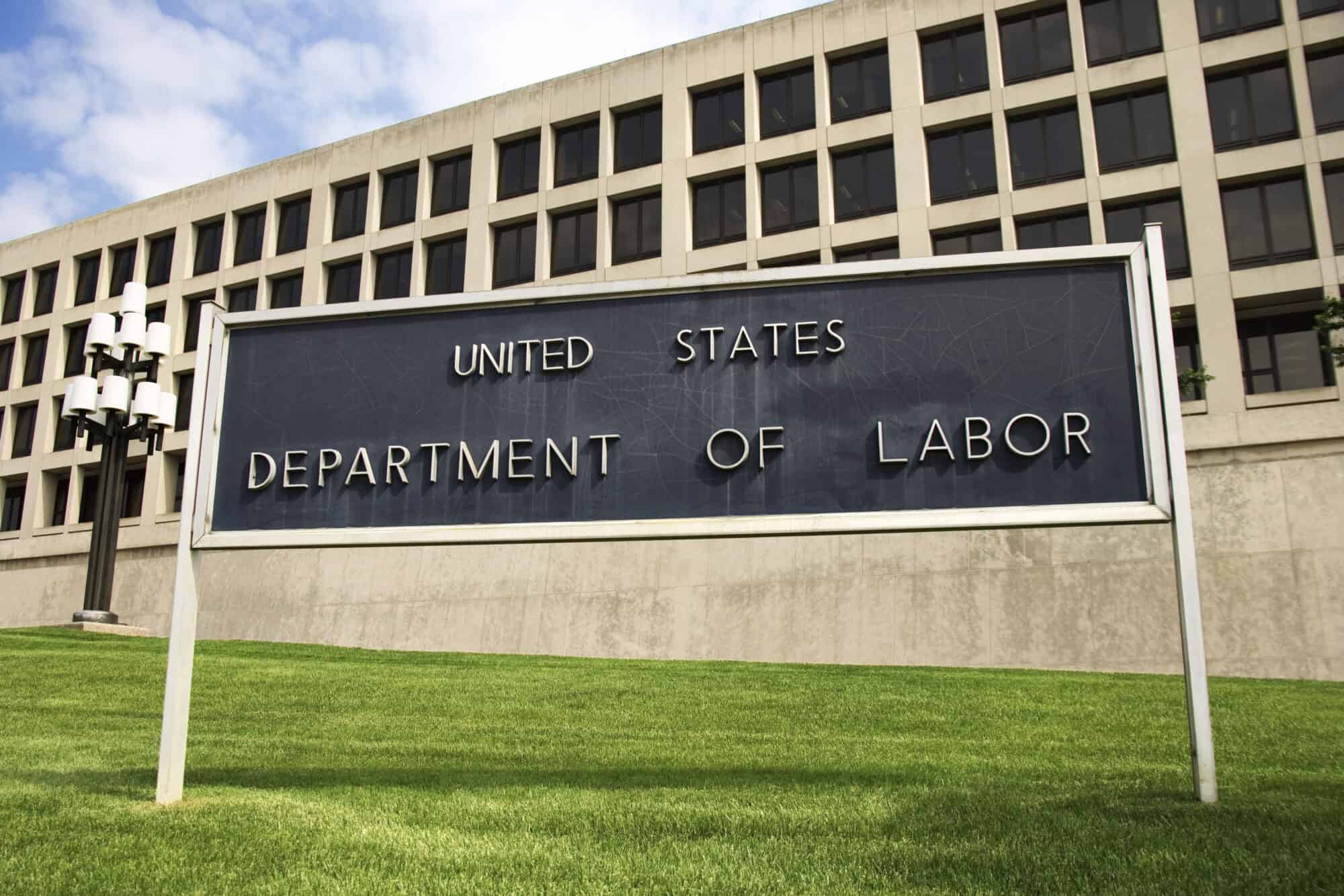
The U.S. Occupational Safety and Health Administration’s newly finalized “walkaround rule” is unlawful and will not further the agency’s mission of ensuring safe working conditions, the NAM said after the rule’s release.
What’s going on: The long-awaited final rule, which goes into effect May 31, states that “workers may authorize another employee to serve as their representative or select a non-employee,” according to the Department of Labor.
- The policy broadens the basis upon which a non-employee representative may be deemed “reasonably necessary to the conduct of an effective and thorough inspection.”
Why it’s problematic: In addition to having little to do with making workplaces safer, the new policy violates OSHA’s own mandate—and, quite possibly, manufacturers’ constitutional rights, the NAM said.
- The “rule does nothing to advance OSHA’s mission of ensuring safe working conditions,” said NAM Chief Legal Officer Linda Kelly. “Forcing businesses to accommodate third parties with no safety expertise in their facilities infringes on employers’ property rights, invites new liabilities and introduces elements of chaos and disruption to safety inspections. … [It also] clearly violates OSHA’s statutory mandate to conduct inspections within ‘reasonable limits and in a reasonable manner’ with ‘minimum burden’ on employers, and potentially violates manufacturers’ constitutional rights.”
Next steps: The NAM is weighing legal action to reverse the final rule.
Skilled Trades See Interest Uptick
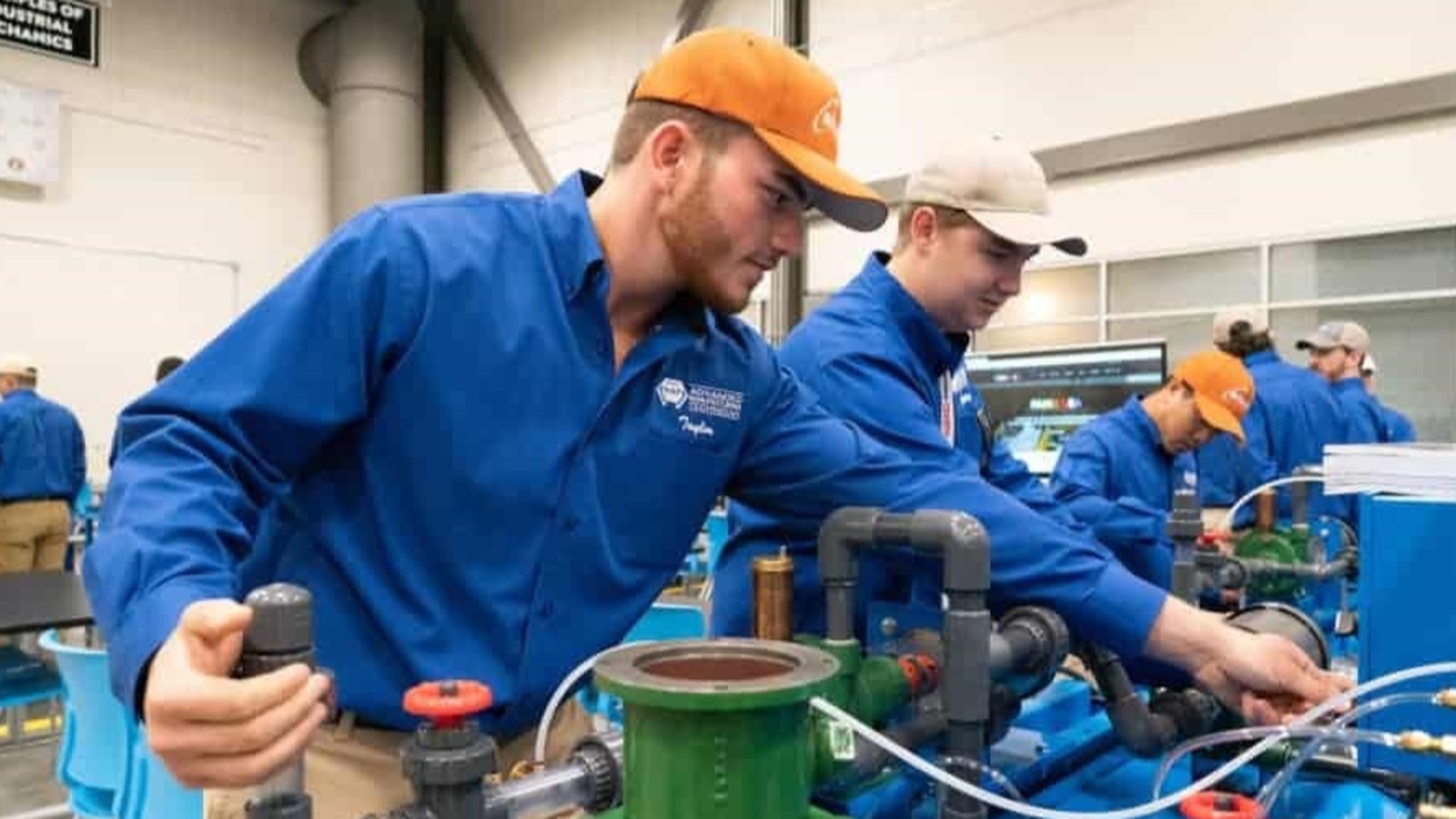
More young people are choosing skilled trade jobs after high school, The Wall Street Journal (subscription) reports.
What’s going on: “Enrollment in vocational training programs is surging as overall enrollment in community colleges and four-year institutions has fallen. The number of students enrolled in vocational-focused community colleges rose 16% last year to its highest level since the National Student Clearinghouse began tracking such data in 2018. The ranks of students studying construction trades rose 23% during that time, while those in programs covering HVAC and vehicle maintenance and repair increased 7%.”
Why it’s important: The trades, including manufacturing, have experienced a worker shortage in recent years as the older generation of employees retires.
- Finding and retaining quality talent is consistently a top business challenge among manufacturers, according to the NAM’s Manufacturers’ Outlook Survey, a quarterly polling of the industry.
- But now, trade-apprenticeship demand is surging, perhaps a signal that positions will start to fill.
Perception change: For many years the vocational education wing of one high school in Sheboygan, Wisconsin, was called “greaser hall,” but lately that’s started to change, a counselor there told the Journal.
- “[B]usinesses have raised funds and donated new equipment, including robotic arms … [and] those classrooms now sit at the building’s main entrance. ‘There’s still a presumption that four-year college is the gold standard, but it doesn’t take as much work to get people to buy into the viability of other options,’ [he said].”
The last word: Indeed, the Manufacturing Institute, the NAM’s 501(c)3 nonprofit workforce development and education affiliate, is seeing significant growth in its FAME initiative, an earn-while-you-learn training program with more than 40 chapters in 16 states—and more forming all the time. FAME, which was founded by Toyota and is now led by the MI, is truly the American model of skills training, according to MI President and Executive Director Carolyn Lee.
- “FAME is training thousands of global best technicians nationwide and the number of program participants is on the rise,” she said. “This is good news for manufacturing, which sorely needs talent to continue to make the many, many things people use every day.”
Medicare Plans to Start Covering Weight-Loss Drugs
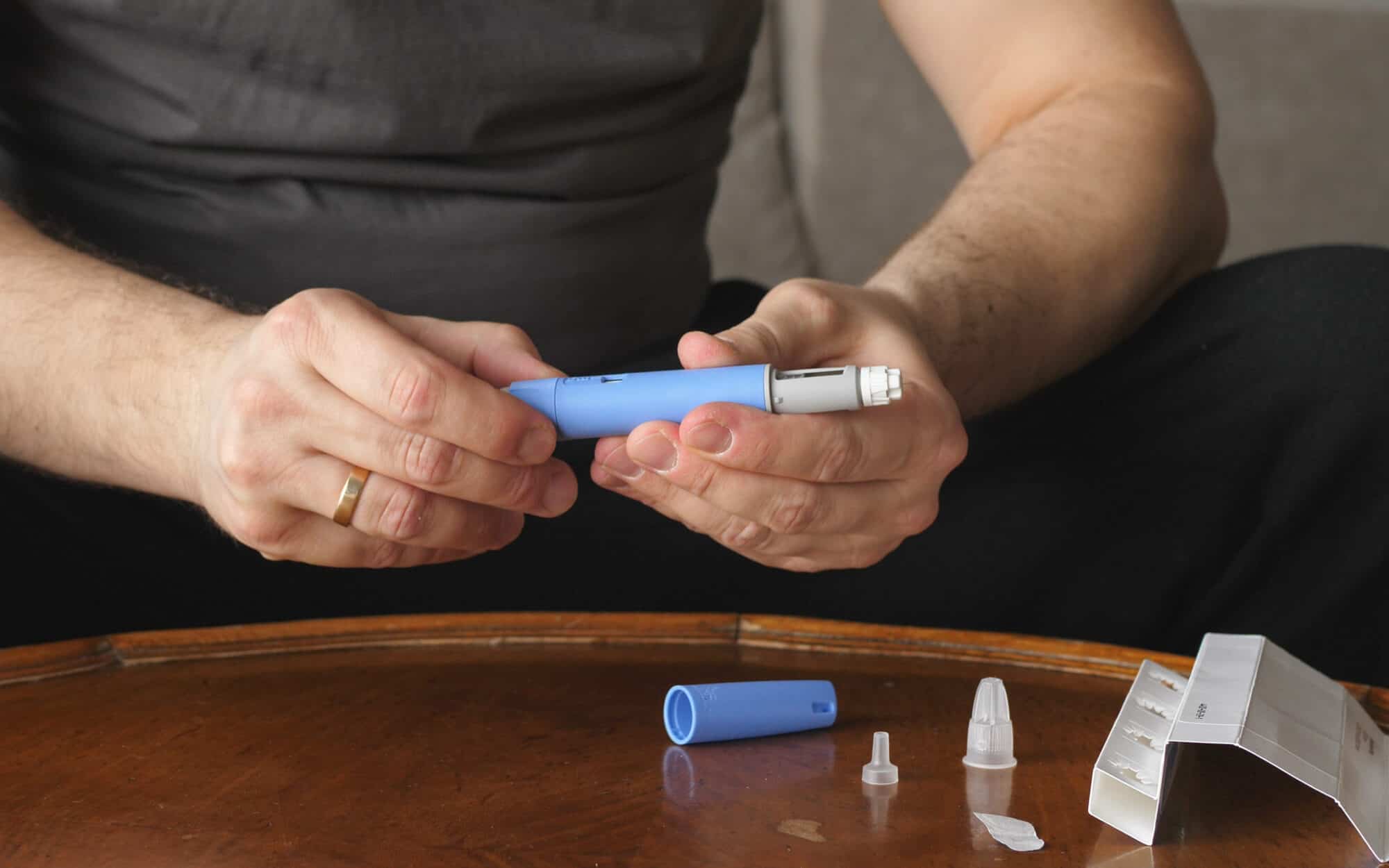
Three of the country’s largest health insurers will soon begin paying for a top weight-loss drug for certain people on Medicare with heart-related conditions, The Wall Street Journal (subscription) reports.
What’s going on: “CVS Health, Elevance Health and Kaiser Permanente said they would cover Novo Nordisk’s Wegovy for the use of reducing the risk of heart attacks and strokes in people who have cardiovascular disease, meet body-weight criteria and are covered by a Medicare drug-benefit plan.”
- The class of weight loss drugs to which Wegovy belongs was previously excluded from Medicare coverage by a U.S. law.
Why it’s important: “The decisions will ease the financial burden” of those who have been paying out of pocket for Wegovy and are likely to spur use of the drug among those who couldn’t afford or did not want to pay the full price.
- Approximately two-thirds of U.S. adults are overweight or obese, according to the recent NAM report, “Manufacturers on the Front Lines of Communities: A Deep Commitment to Health Care.”
- Excess body weight and obesity are associated with higher health-care costs for both employers and their workers. They also “raise the likelihood of other illnesses” and affect “productivity and the ability to complete job functions,” according to the study, which points to weight-loss drugs as part of the solution.
Why it happened: New guidance released last week by the Centers for Medicare and Medicaid Services holds that Medicare Part D plans, administered by private insurance companies, could “cover anti-obesity medications if the drugs receive approval for an additional use that is considered medically accepted.”
- This applies to Wegovy, which the Food and Drug Administration recently approved for reducing the risk of heart attacks and strokes among those with histories of heart disease and body mass indices above a certain threshold.
However … The use of Wegovy “for weight loss alone” will remain excluded from coverage under the CMS guidance.
New NAM Ad: Senate Must Pass Tax Bill Now
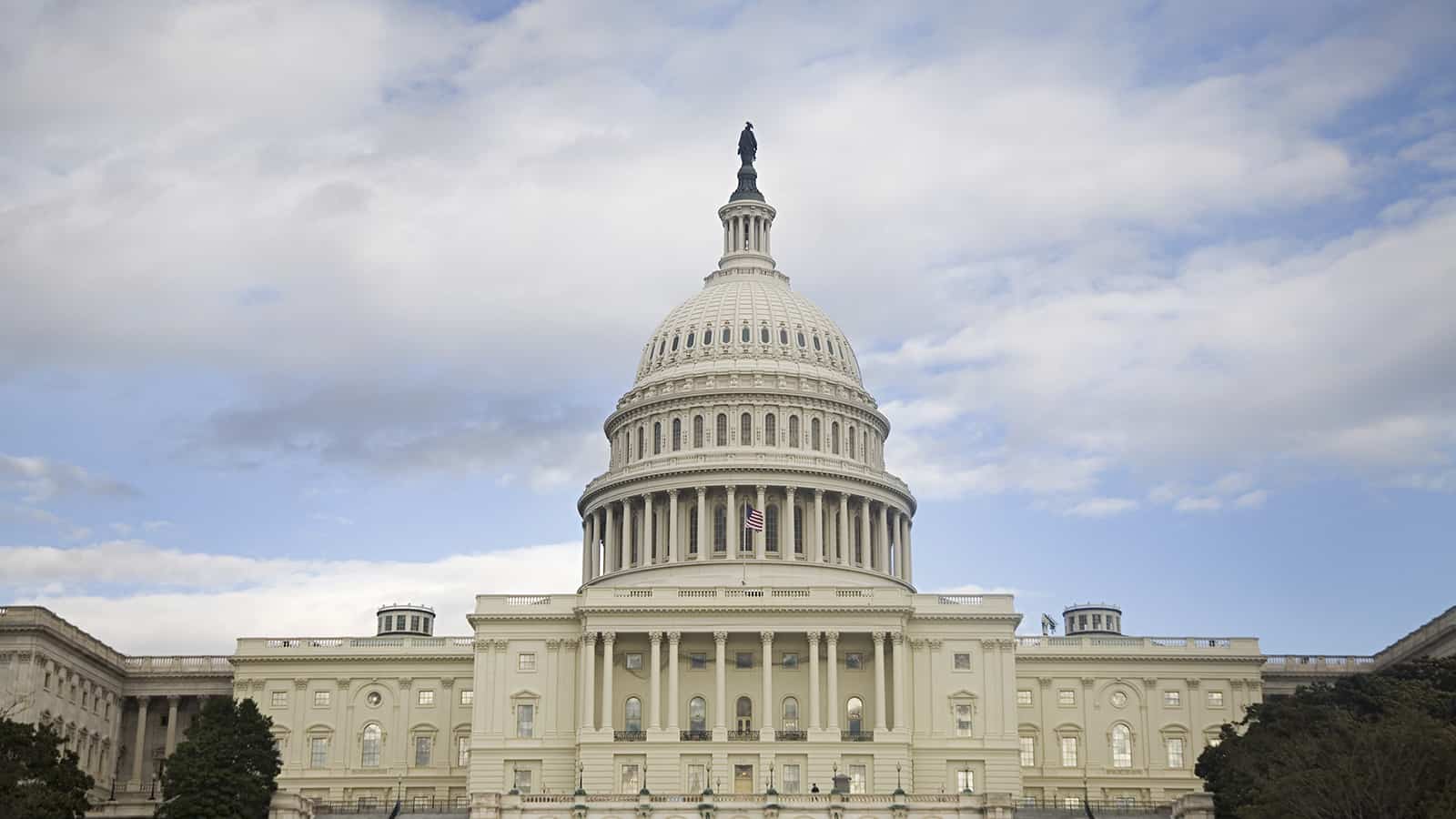
Earlier this year, the House passed legislation including key NAM tax priorities. Now it’s time for the Senate to do the same.
That’s the message of a new NAM digital ad campaign launched today and set to run over the next several weeks.
What’s going on: The 30-second TV ad—which will stream in Washington, D.C., and in the key states of Idaho, Kentucky, Louisiana, Oklahoma, New York and New Hampshire—asks viewers to urge the Senate to pass the Tax Relief for American Families and Workers Act, which cleared the House by a bipartisan vote in January.
- The legislation restores three key pro-growth tax provisions from the 2017 Tax Cuts and Jobs Act that expired in 2022: immediate expensing for domestic R&D, enhanced interest deductibility and full expensing.
The background: Earlier this month, Courtney Silver, president and owner of Ketchie and chair of the NAM Small and Medium Manufacturers Group, told the Senate Finance Committee about the impact the three provisions’ expiration has had on her family-owned precision machining company.
- “In the years following the TCJA, I was able to make a higher level of investment because I knew our tax code was going to have a baseline of certainty,” she said. “Today, however, I am unable to make these investments because of the uncertainty that Congress will address the expired TCJA provisions. . . . Because I am unable to realize the full deduction of my investment within the year I purchase it, the investment seems too risky and irresponsible.”
What’s needed: Senate Majority Leader Chuck Schumer (D-NY) has taken an early procedural step to put the House-passed legislation on the Senate’s calendar. But more needs to happen, and soon, the NAM’s ad tells viewers.
- “Vital tax provisions are expiring, harming our ability to compete globally and invest in new factories and equipment,” the ad says. “The House has done its job and restored these provisions with overwhelming support. The Senate needs to act now.”

